38 is iodine listed on nutrition labels
Where are the vitamins and minerals on a nutrition labels? The Nutrition Facts label may include the following 14 minerals: Calcium, chloride, chromium, copper, iodine, iron, magnesium, manganese, molybdenum, phosphorus, potassium, selenium, sodium, and zinc are some of the minerals found in the human body. On a nutrition label, how are ingredients listed? Iodine | The Nutrition Source | Harvard T.H. Chan School of Public Health Iodine is found mainly in animal protein foods and sea vegetables, and to a lesser extent in fortified foods like breads, cereals, and milk. Seaweed (nori, kelp, kombu, wakame) Fish, shellfish (cod, canned tuna, oysters, shrimp) Table salts labeled "iodized", Dairy ( milk, cheese, yogurt) Eggs, Beef liver, Chicken, Fortified infant formula,
Lying Labels: Exposing the Truth on Calorie Counts The rounding we see on nutrition labels is actually a little non-intuitive and are rounding differently depending on whether is it greater than or less than 50 calories. If it is 50 calories or less labels round to nearest 5-calorie increment (example: round 47 calories to 45 calories). If it is above 50 calories labels round to nearest 10 ...
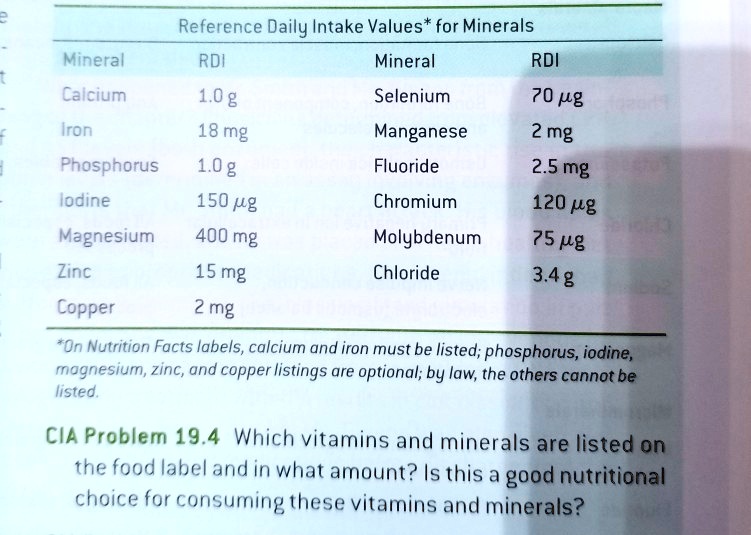
Is iodine listed on nutrition labels
Which of the following vitamins or minerals is not required to be on a ... The only micronutrients that must be listed on a food label are vitamin D, calcium, iron, and potassium. Other vitamins and minerals in the food can be listed voluntarily by food makers. Many nutrients have a daily value expressed as a percentage (percent DV). Next post: Which of the following vitamins or minerals are not important to bone ... PDF Iodine Fact Sheet for Consumers - National Institutes of Health sel, are not usually iodized. Product labels will indicate if the salt is "iodized" or provides iodide. ... The daily upper limits for iodine are listed below. These levels ... People should get most of their nutrients from food, advises the federal government's Dietary Guidelines for Americans. Foods contain vitamins, minerals, dietary ... Iodine fortification - Food Standards Iodised salt must be listed in the ingredient list of food labels where it has been used. Unpackaged bread and bread that is made and/or packaged at the point of sale is not required to be labelled. However, this information may be available on request. Information on iodine content of food and iodine requirement is available here. Safety,
Is iodine listed on nutrition labels. Iodine Free Diet Foods | Healthfully Iodine is a mineral that contributes to thyroid gland function. Your doctor may suggest a low-iodine diet if you have thyroid cancer or before a medical test called a radioactive immunoassay. ... To ensure low iodine content, check food labels on all packaged fruits and vegetables before consuming them. Protein-Rich Foods. Protein supports lean ... How to Read Nutrition Labels Like a Dietitian - Consumer's Health Report There are 4 key elements on the nutrition facts panel that you'll need to be able to interpret to understand the nutritional makeup of the product: serving size, calories, nutrients, and percent Daily Value (% DV.) 1) Serving Size, Nutrition Facts Labeling — FDA Reader When additional vitamins and minerals are listed, the following order should be preserved: Vitamins (listed in order) Vitamin A, Vitamin C, Vitamin D, Vitamin E, Vitamin K, Thiamin, Riboflavin, Niacin, Vitamin B6, Folate, Vitamin B12, Biotin, Pantothenic Acid, Choline, Macronutrients & Minerals (In order) Calcium, Iron, Phosphorus, Iodine, Nutrition Labels 101: What's Required? What's Optional? 5. Trans Fat. Trans fat is the worst of the "bad fats," which is why in 2006 the FDA began requiring it to be listed separately on nutrition labels. Trans fat, like saturated fat, increases LDL cholesterol levels (i.e., "bad" cholesterol) but also lowers HDL cholesterol levels (i.e., "good" cholesterol). So it's a bit of a ...
The nutrition facts label on a food package list "iron 50%." What does ... Are you stuck in reading the "iron 50%" label on a food package? Well, the answer to this question is simple. It means that consuming one serving of this food package can help you with 50% of your daily iron requirements. So, if you consume one serving, you are only left with a requirement for a 50% iron requirement. How do you determine a serving? FDA regulations regarding iodine addition to foods and ... - PubMed If iodine is added to a food, the percent Daily Value of iodine must be listed. There are no FDA regulations governing ingredient standards for dietary supplements. As a result, some dietary supplements include iodine and others do not. If a supplement contains iodine, the Supplement Facts label must list iodine as a nutrient ingredient. Labelling requirements for salt - Food labels - Canadian Food ... Nutrition labelling - salt and salt substitutes, Salt for table or general household use containing added iodide that is declared on the principal display panel is not required to declare the iodide content in the Nutrition Facts table [B.01.402 (6), FDR]. How to Read Supplement Labels Like a Pro - Healthline Ingredients. When selecting a supplement, reading the ingredient label is key. Check carefully for ingredients like fillers, sweeteners, preservatives, and additives, all of which will be listed ...
Sodium on the Nutrition Facts Label | FDA - U.S. Food and Drug ... The Nutrition Facts label is a handy tool you can use every day to see the amount of sodium in packaged foods and beverages and make informed dietary choices. FDA's Education Materials. FDA regulations regarding iodine addition to foods and labeling of ... Declaration of the percent Daily Value of iodine in the Nutrition Facts label is voluntary. However, if iodine is added to a food, then it is a requirement that the percent Daily Value of iodine be listed. The current Daily Value for iodine is 150 μg for individuals aged ≥4 y. 9 Healthy Foods That Are Rich in Iodine However, on average, one cup of cooked lima bean contains 16 mcg of iodine, or 10% of the daily value ( 6 ). Summary Lima beans are high in fiber, magnesium, folate and iodine. One cup of cooked... PDF Nutrition Labeling - FSIS Regulated Foods - Food Safety and Inspection ... June 15, 2006 3 Nutrition Labeling and Education Act ∑ Requires what nutrients are listed on label, and how they are to be listed ∑ Defines nutrients ∑ Establishes reference amounts for determining serving sizes ∑ Adopts standardized format ∑ Requires nutrition labeling on most foods that contain more than insignificant amounts of
iodine and food labels - Thyroid Disorders - MedHelp Iodine isn't an "ingredient" so you won't find it on any labels. It is an element or halogen, that is found in certain foods. You won't see "iodine" listed as an ingredient. What you need to watch out for are dairy, soy, salt, fish and their by-products on labels. Have fun! Helpful - 0, Comment, AR-10,
Does Sea Salt Have Iodine in It? | livestrong To avoid iodine deficiency, the Food and Nutrition Board recommends that adults get 150 micrograms of iodine every day. For pregnant or nursing women, that number increases to 220 and 290 micrograms, respectively. ... Because the amount of iodine in foods isn't listed on nutrition facts labels, it's often difficult to know how much you're ...
Reading Food Nutrition Labels 101 and How to Decode Them The simple carbs are listed as "sugar.", So if the label says that the total carbohydrates are 13 grams and the sugars are 3 grams then you will know that the majority of carbs are coming from complex sources. Under total carbohydrates is dietary fiber which includes soluble and insoluble fiber.
Daily Value on the New Nutrition and Supplement Facts Labels 5% DV or less of a nutrient per serving is considered low. 20% DV or more of a nutrient per serving is considered high. More often, choose foods that are: Higher in dietary fiber, vitamin D,...
22 Foods Highest in Iodine | Health Wholeness Iodine is an essential mineral that's vital to the proper functioning of the thyroid. The thyroid gland is responsible for managing growth and metabolism. An iodine deficiency can cause symptoms such as fatigue, high cholesterol, lethargy, depression, and swelling of the thyroid gland. Prevent this dangerous deficiency by eating the right amount of iodine rich […]
Iodine - Health Professional Fact Sheet - National Institutes of Health FDA does not require food labels to list iodine content unless iodine has been added to the food. Foods providing 20% or more of the DV are considered to be high sources of a nutrient, but foods providing lower percentages of the DV also contribute to a healthful diet.
Nutrition facts label - Wikipedia The nutrition facts label (also known as the nutrition information panel, and other slight variations) is a label required on most packaged food in many countries, showing what nutrients and other ingredients (to limit and get enough of) are in the food. Labels are usually based on official nutritional rating systems.Most countries also release overall nutrition guides for general educational ...
PDF USDA, FDA and ODS-NIH Database for the Iodine Content of Common Foods Adequate dietary iodine intake is crucial, with 150 µg/day as the daily recommended dietary allowance (RDA) for ages 14 years and older, 220 µg/day for pregnant women, and 290 µg/day for lactating women (Institute of Medicine, 2001; Rohner et al., 2014). On the other end of the spectrum, the tolerable upper intake level for iodine is 1100 μg/day...
How to Understand and Use the Nutrition Facts Label | FDA Dietary fiber, vitamin D, calcium, iron ad potassium are nutrients on the label that Americans generally do not get the recommended amount of. They are identified as nutrients to get more of....
Iodine fortification - Food Standards Iodised salt must be listed in the ingredient list of food labels where it has been used. Unpackaged bread and bread that is made and/or packaged at the point of sale is not required to be labelled. However, this information may be available on request. Information on iodine content of food and iodine requirement is available here. Safety,
PDF Iodine Fact Sheet for Consumers - National Institutes of Health sel, are not usually iodized. Product labels will indicate if the salt is "iodized" or provides iodide. ... The daily upper limits for iodine are listed below. These levels ... People should get most of their nutrients from food, advises the federal government's Dietary Guidelines for Americans. Foods contain vitamins, minerals, dietary ...
Which of the following vitamins or minerals is not required to be on a ... The only micronutrients that must be listed on a food label are vitamin D, calcium, iron, and potassium. Other vitamins and minerals in the food can be listed voluntarily by food makers. Many nutrients have a daily value expressed as a percentage (percent DV). Next post: Which of the following vitamins or minerals are not important to bone ...
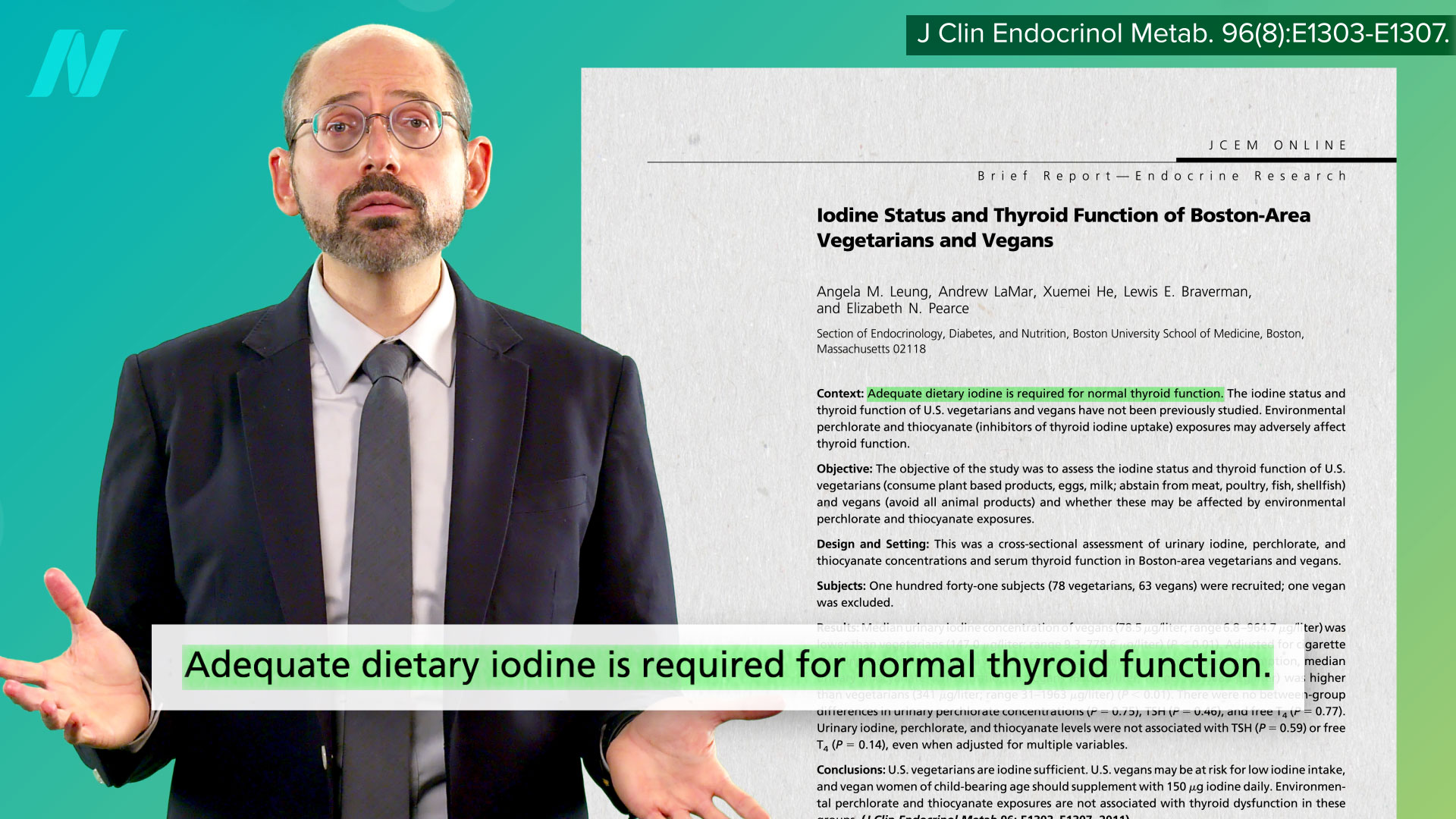
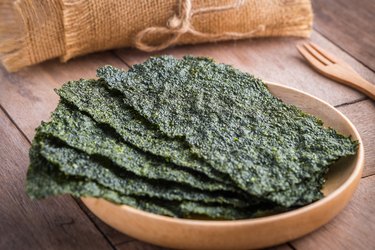

/iodine-rich-foods-5101657-DD-V2-2aa37325a929496e876b6cf3ad815eb1.jpg)
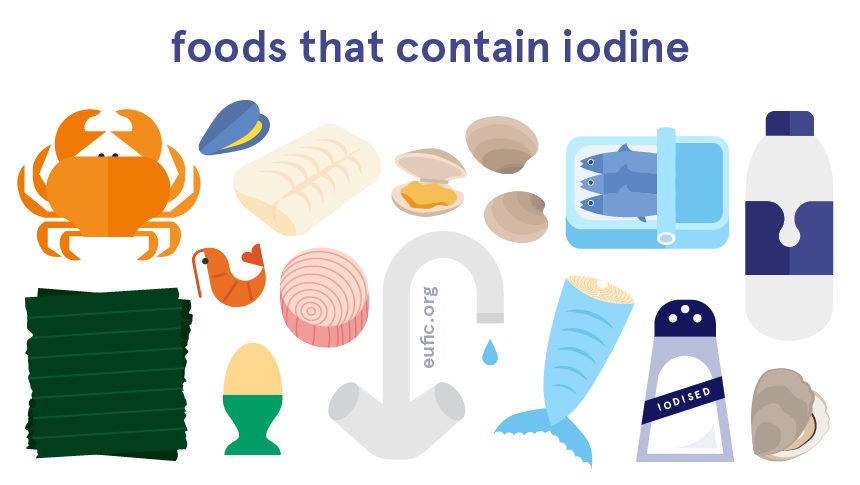
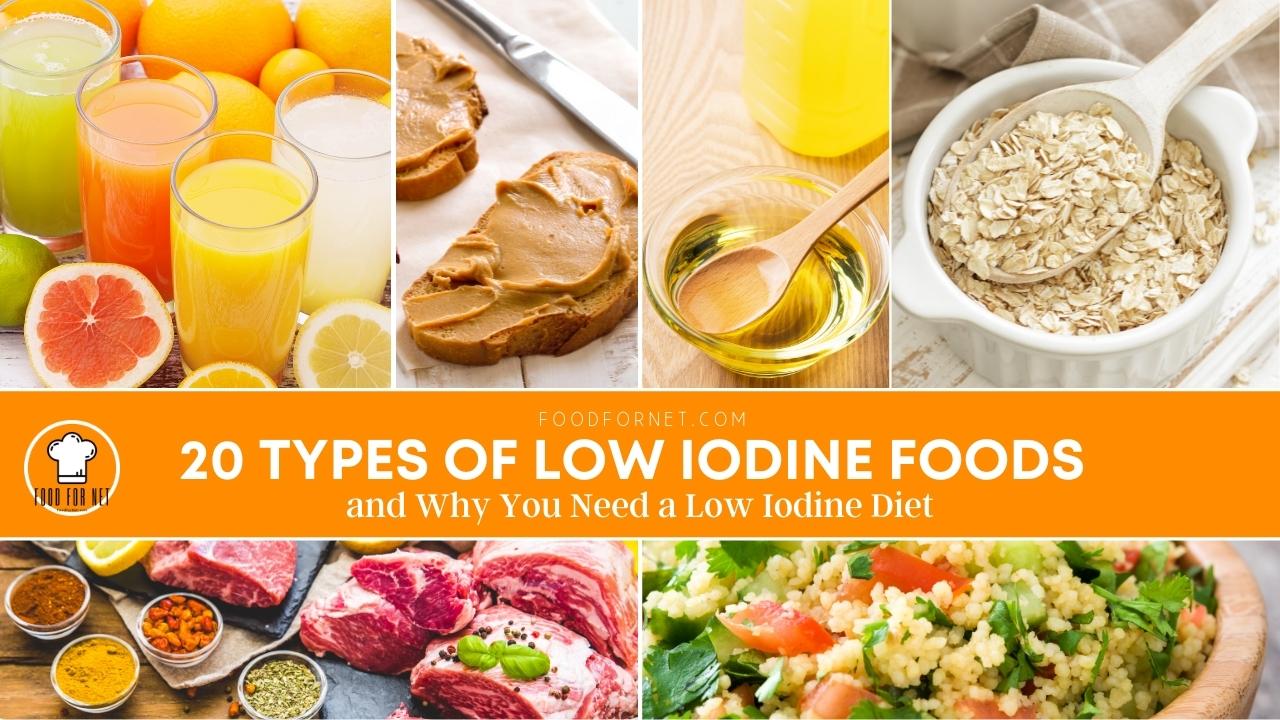
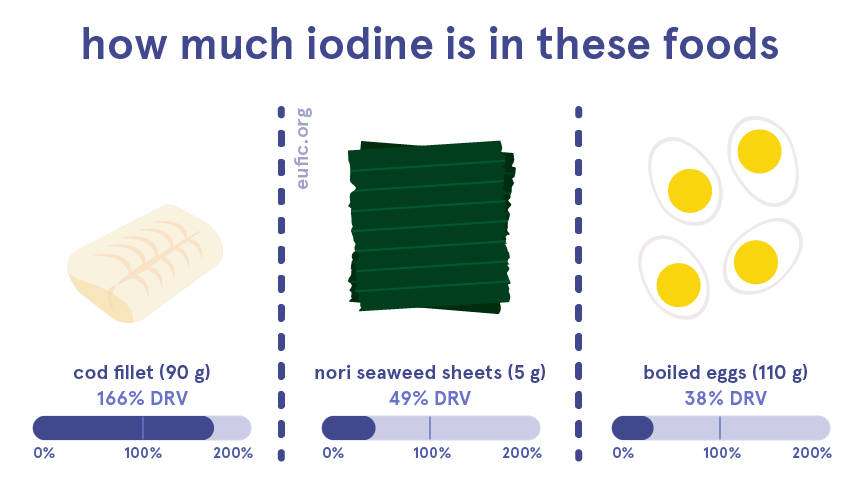

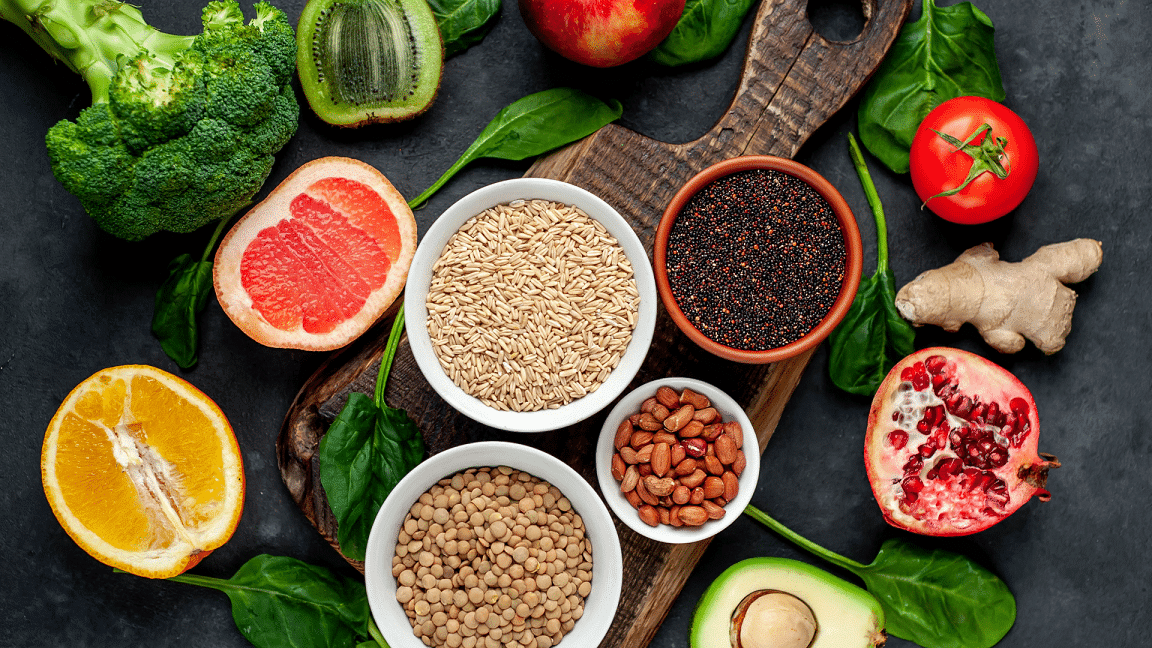
/benefits-of-iodine-4570996-5c4550df46e0fb00015f7b71.png)

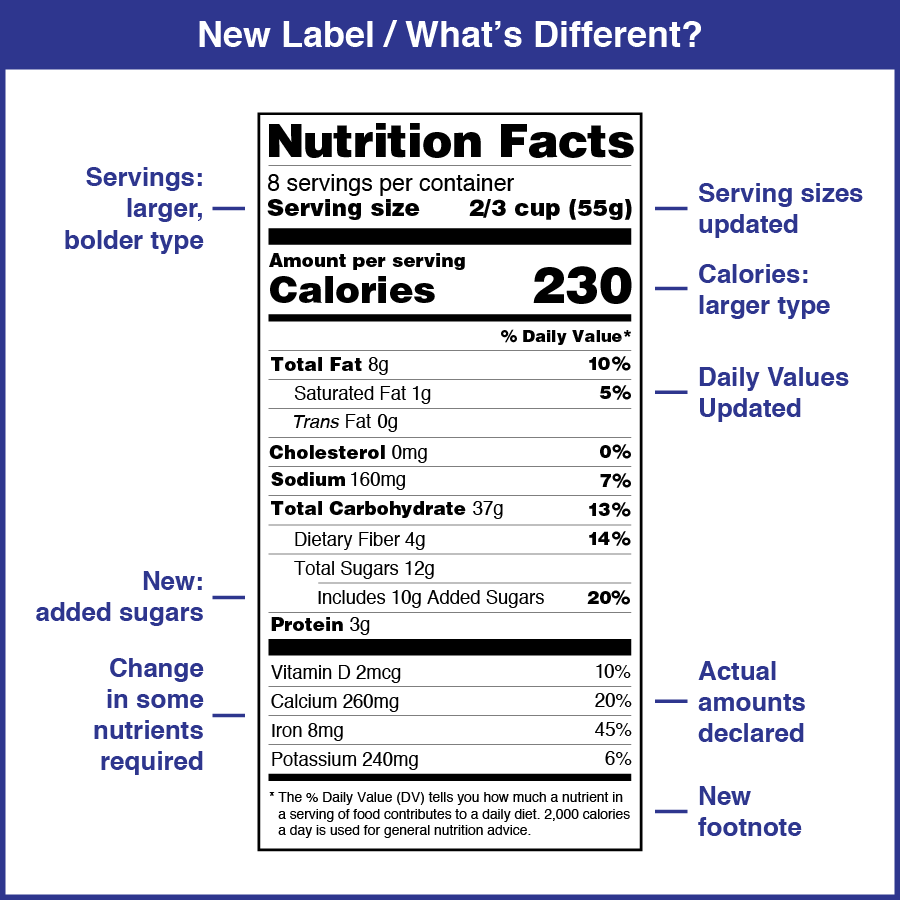


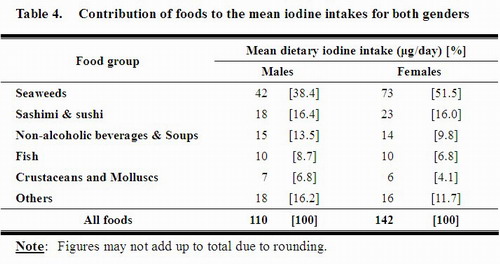


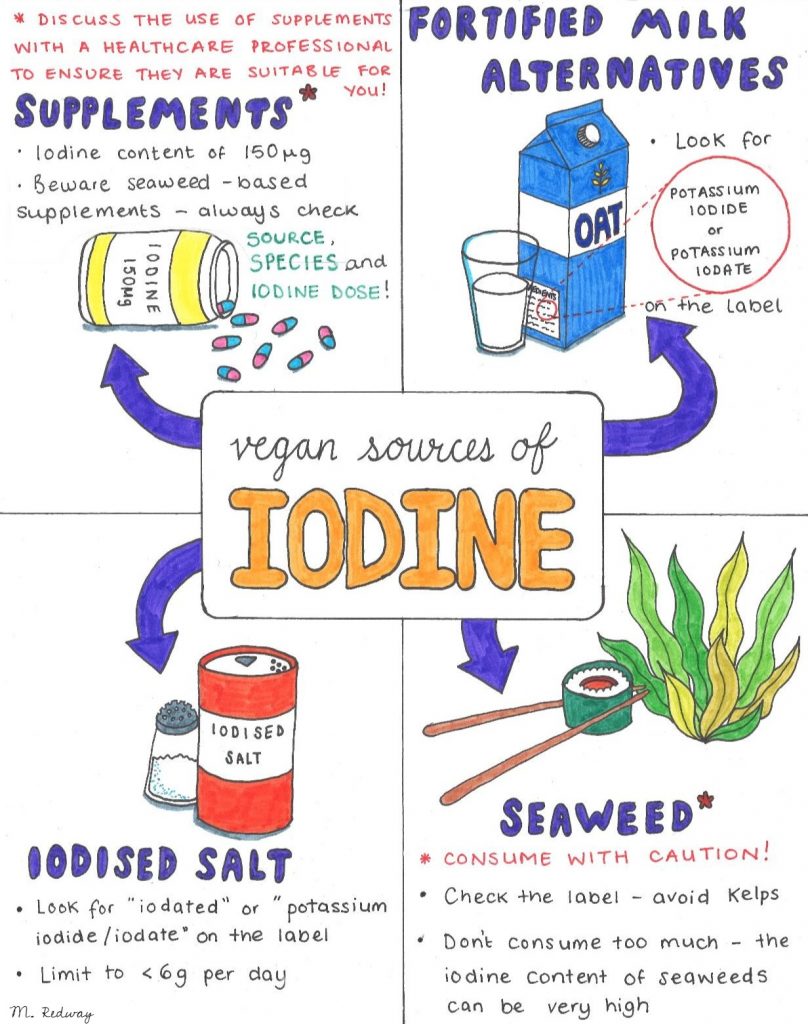
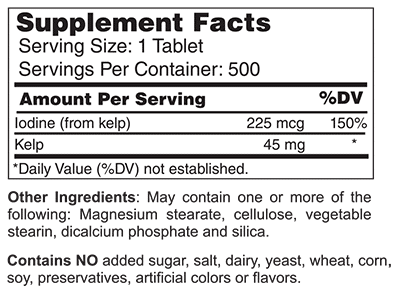


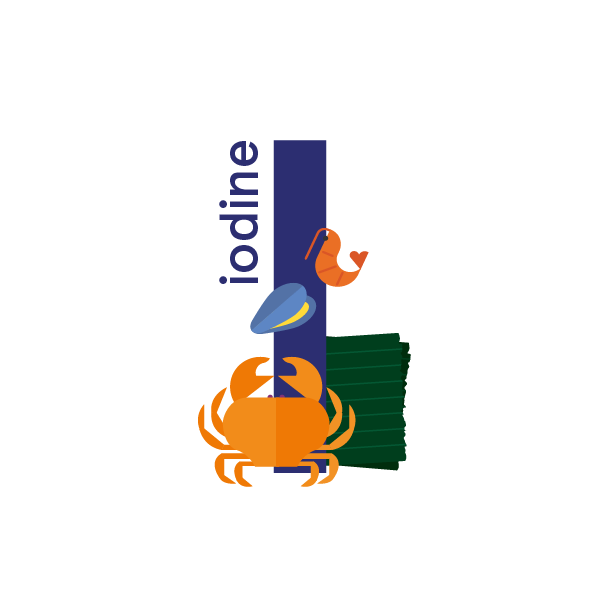
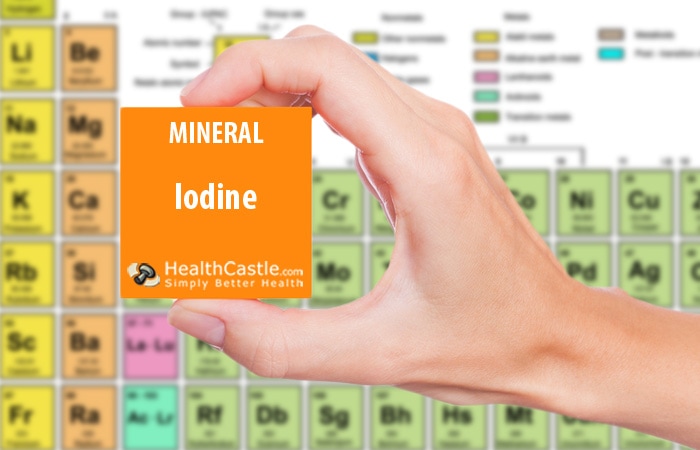

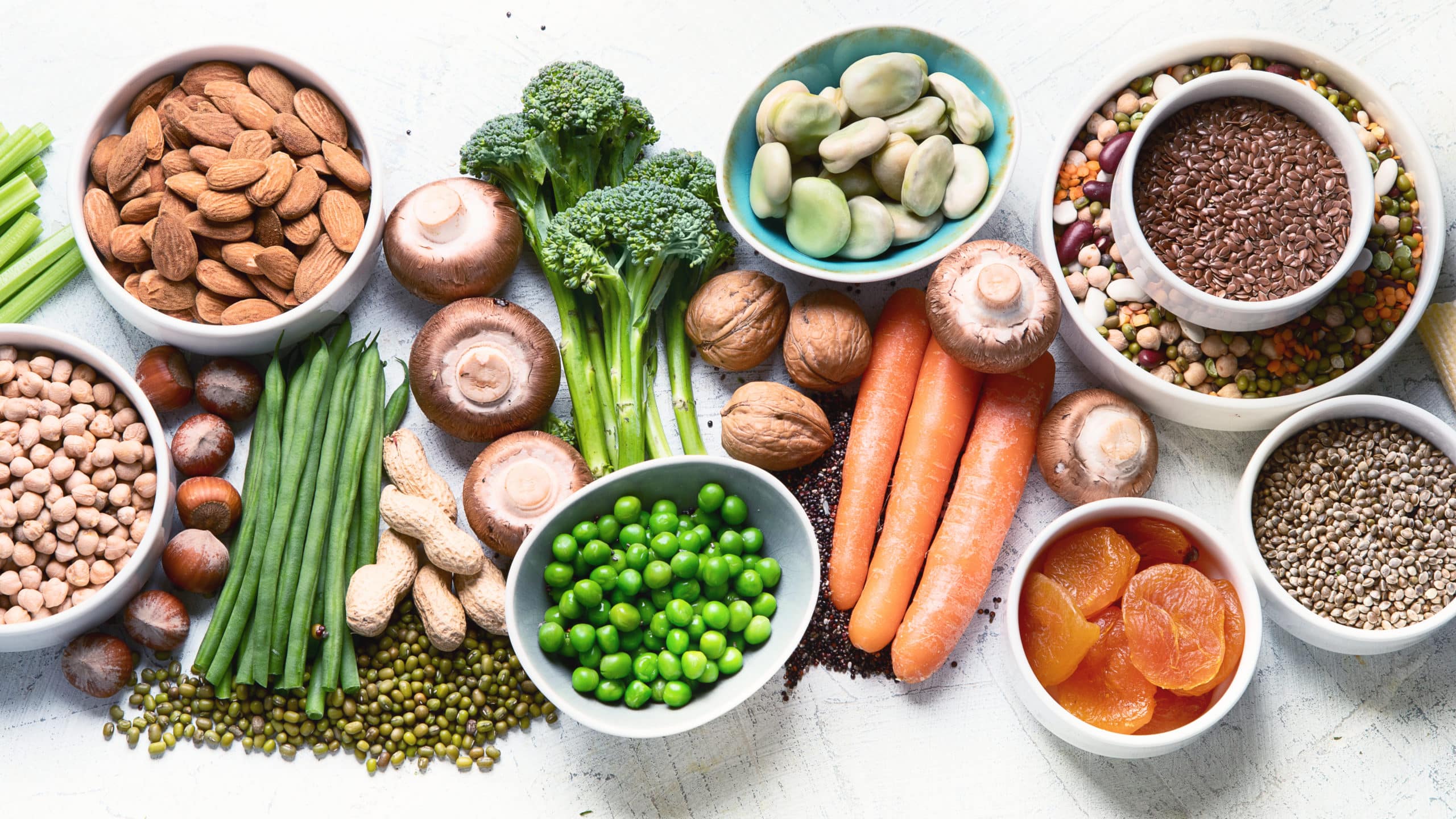

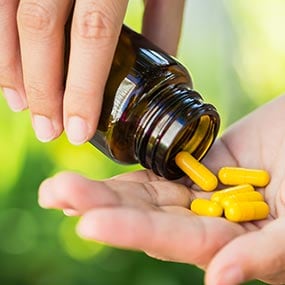
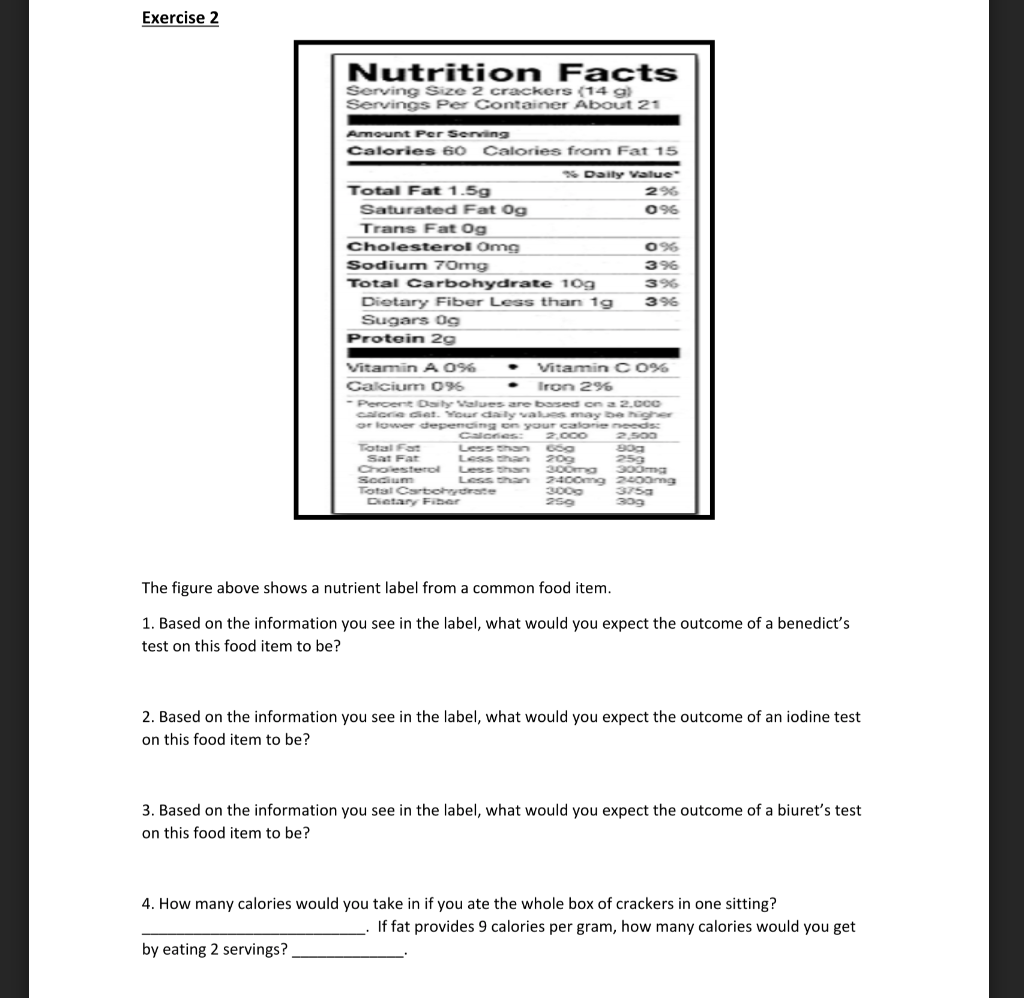
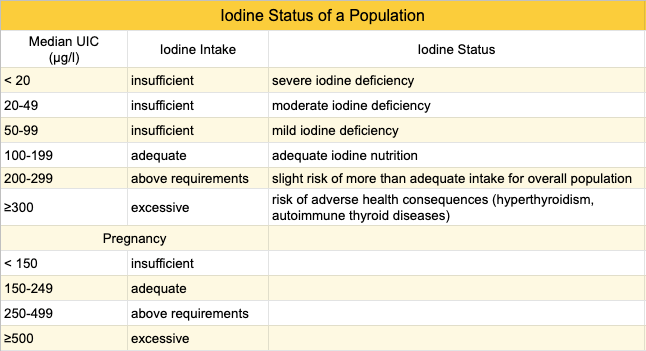



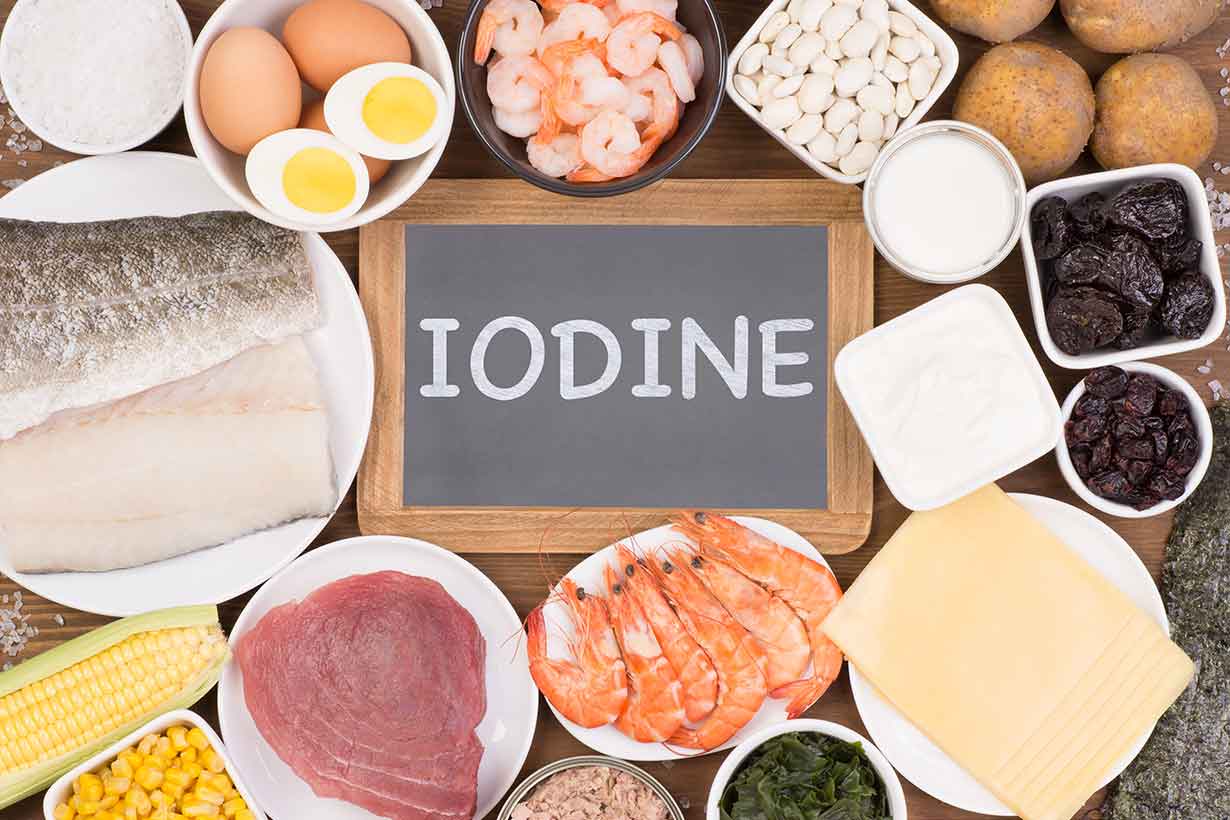

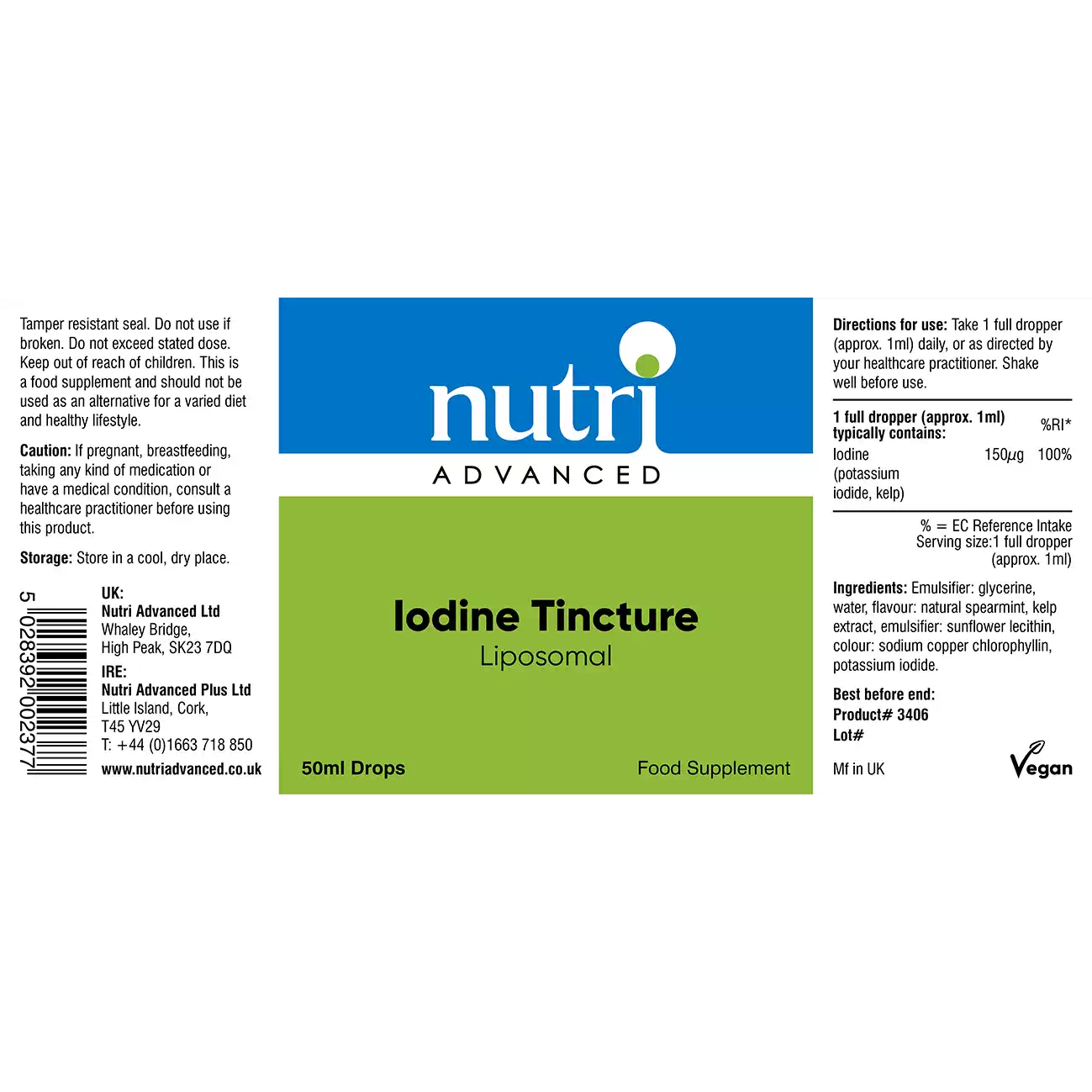
Post a Comment for "38 is iodine listed on nutrition labels"